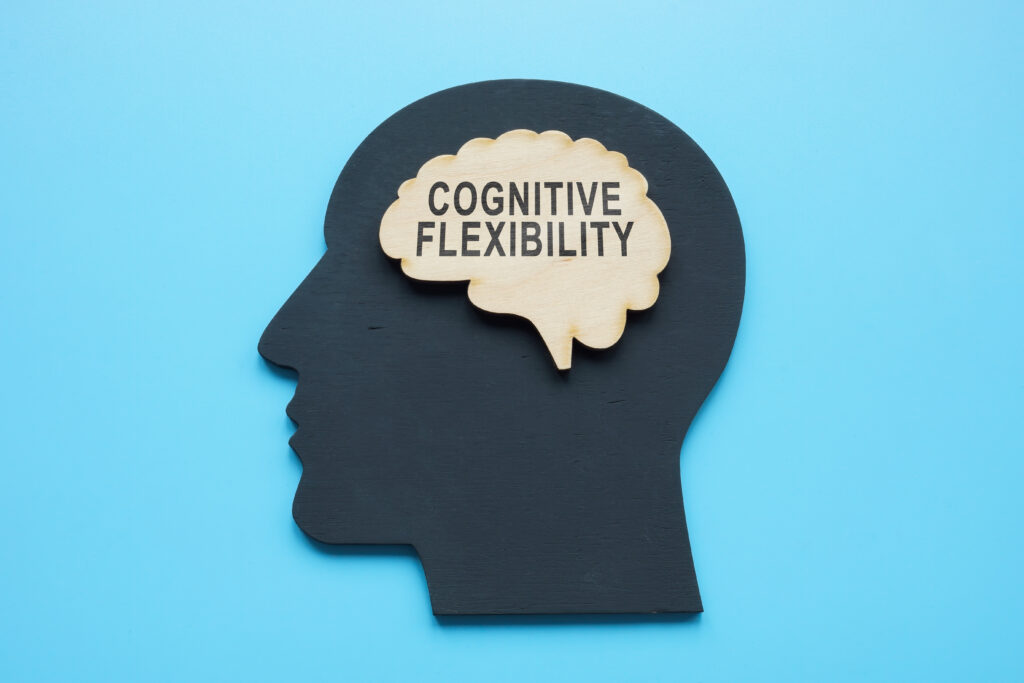Alzheimer’s disease, also known as AD, is a neurodegenerative disorder that affects millions of people worldwide. It is the most common form of dementia and is characterized by progressive memory loss, cognitive decline, and changes in behavior and personality. While the exact cause of Alzheimer’s is still unknown, researchers have discovered that functional connectivity changes in the brain play a crucial role in the development and progression of this disease.
But what exactly is functional connectivity and how does it change in Alzheimer’s? Let’s break it down in simple terms.
Functional connectivity refers to the communication between different areas of the brain. Think of it as a network of connections between brain regions that allows them to work together efficiently. These connections are formed through the transmission of electrical signals between neurons, which enable us to think, learn, and perform various tasks.
In Alzheimer’s, these connections start to weaken and break down, leading to significant changes in brain function. This happens due to the accumulation of two distinct proteins in the brain – amyloid-beta and tau. These proteins form plaques and tangles, respectively, which disrupt the normal functioning of neurons and hinder their ability to communicate with each other effectively.
As a result, the affected areas of the brain begin to shrink, and the remaining neurons become less active. This leads to a decline in cognitive function, memory loss, and other symptoms associated with Alzheimer’s.
One of the earliest signs of functional connectivity changes in Alzheimer’s is a decrease in brain activity. Research has shown that patients with mild cognitive impairment (MCI), a condition that often precedes Alzheimer’s, have reduced activity in the hippocampus, a critical brain region responsible for memory formation and retrieval.
Furthermore, as the disease progresses, there is a disruption in the connections between different brain regions. Studies using functional magnetic resonance imaging (fMRI) have demonstrated that Alzheimer’s patients have weaker connectivity between the hippocampus and other regions of the brain, such as the prefrontal cortex and the parietal cortex.
These changes in functional connectivity not only affect memory but also impact other cognitive abilities such as attention, problem-solving, and decision-making. For instance, decreased connectivity between the hippocampus and the prefrontal cortex can lead to difficulties in planning and organizing tasks.
Moreover, functional connectivity changes in Alzheimer’s can also explain the behavioral and personality changes observed in patients. As different brain regions lose their ability to communicate effectively, it can lead to a disruption in emotions and social behavior.
So, what does this mean for Alzheimer’s treatment? Can we reverse these functional connectivity changes and slow down the progression of the disease?
Unfortunately, there is currently no cure for Alzheimer’s. However, researchers are exploring various approaches to target these changes in functional connectivity. Some studies have shown that physical exercise can improve brain function and connectivity, reducing the risk of developing Alzheimer’s.
Other treatments, such as cognitive training and brain stimulation, are also being investigated. These interventions aim to strengthen the connections between brain regions and improve overall brain function in individuals with Alzheimer’s.
In addition to these treatments, early detection of functional connectivity changes holds significant promise for identifying individuals at high risk of developing Alzheimer’s. This can allow for early intervention and potentially delay or prevent the onset of the disease.
In conclusion, functional connectivity changes play a crucial role in the development and progression of Alzheimer’s disease. While there is no cure currently available, understanding these changes can help researchers develop effective treatments and preventive measures. As we continue to unravel the mysteries of this devastating disease, it is essential to spread awareness and support ongoing research efforts towards finding a cure for Alzheimer’s.


